Table of Contents
Introduction
Space exploration represents one of humanity’s greatest endeavors, encompassing both triumphs and trials as we venture into the cosmos.
From the earliest observations of the night sky to the modern-day missions exploring distant planets, the quest to conquer the cosmos has captivated the imagination of people around the world.
In this article, we embark on a journey through the triumphs and trials of space exploration, highlighting the achievements, setbacks, and the ongoing quest to unlock the mysteries of the universe.
Early Exploration
The launch of Sputnik in 1957 marked the beginning of the space age, propelling humanity into a new era of exploration.

This historic event by the Soviet Union not only demonstrated technological prowess but also ignited the space race between superpowers. Subsequent missions, such as Yuri Gagarin’s historic orbit of the Earth and the first American astronauts reaching space, paved the way for more ambitious endeavors beyond Earth’s atmosphere.
Apollo Missions
The Apollo missions represent a pivotal chapter in humanity’s exploration of the cosmos, marked by triumphs of ingenuity and courage amidst the vast expanse of space. These missions, spearheaded by NASA in the 1960s and 1970s, aimed to fulfill the ambitious goal of landing humans on the surface of the Moon and returning them safely to Earth.
Against the backdrop of the cosmos, astronauts embarked on daring journeys aboard spacecraft propelled by towering Saturn V rockets, braving the harsh vacuum and radiation of space.
Each Apollo mission was meticulously planned and executed, with teams of engineers and scientists working tirelessly to overcome technical challenges and ensure the safety of the crew.https://youtu.be/55Jas5HrzcQ?si=p_0I7Xe8hSocow1S
The culmination of this effort came on July 20, 1969, when Apollo 11 commander Neil Armstrong took humanity’s first steps onto the lunar surface, proclaiming, “That’s one small step for [a] man, one giant leap for mankind.”

This historic achievement not only showcased human ingenuity and determination but also expanded our understanding of the cosmos and our place within it. Subsequent Apollo missions built upon this legacy, with astronauts conducting scientific experiments, exploring the lunar landscape, and gathering invaluable data about the Moon’s geology and formation.
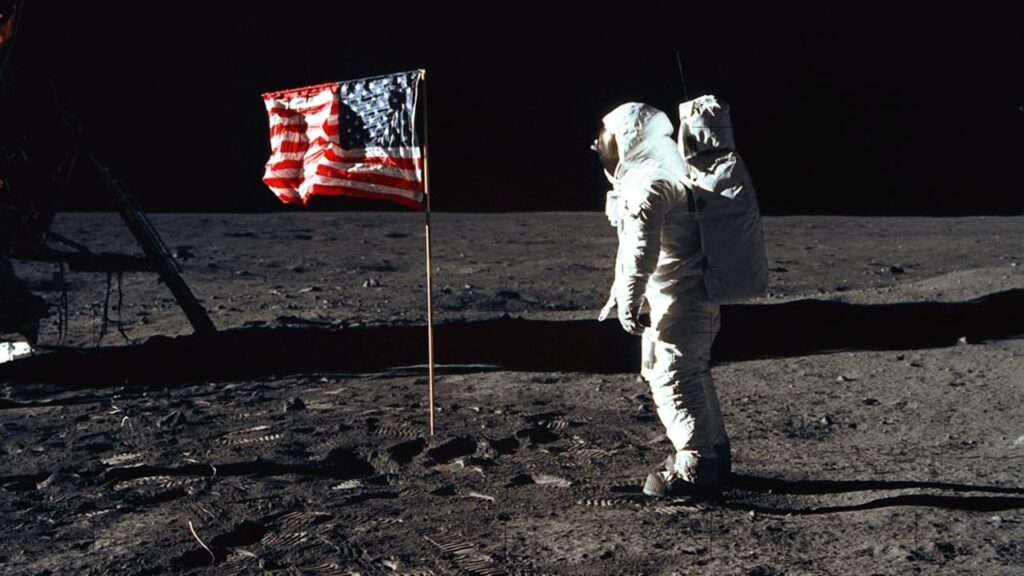
Despite the vast distances and inhospitable conditions of space, the Apollo missions demonstrated the boundless potential of human exploration and inspired generations to reach for the stars.
Today, the legacy of the Apollo program continues to inspire new generations of scientists, engineers, and explorers to push the boundaries of what is possible in the cosmos, reminding us that with determination and vision, we can achieve the seemingly impossible.
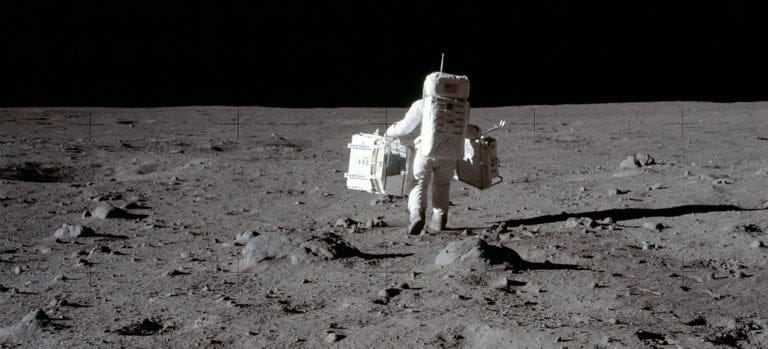
Into the Cosmos: Exploring the Legacy of NASA’s Space Shuttle Era
The Space Shuttle era stands as a testament to humanity’s relentless pursuit of exploration and discovery amidst the infinite expanse of the cosmos. Spanning from 1981 to 2011, NASA’s Space Shuttle program revolutionized space travel, ushering in an era of reusable spacecraft capable of ferrying astronauts and cargo to and from Earth’s orbit.
Against the backdrop of the cosmos, these iconic spacecraft, including Columbia, Challenger, Discovery, Atlantis, and Endeavour, soared into the heavens atop towering pillars of fire, carrying astronauts on daring missions of exploration.
The Space Shuttle program represented a leap forward in space technology, offering a versatile platform for conducting scientific research, deploying satellites, and constructing the International Space Station (ISS). With each mission, astronauts ventured beyond the confines of Earth’s atmosphere, gazing out at the vastness of space and gaining a newfound appreciation for the majesty of the cosmos.
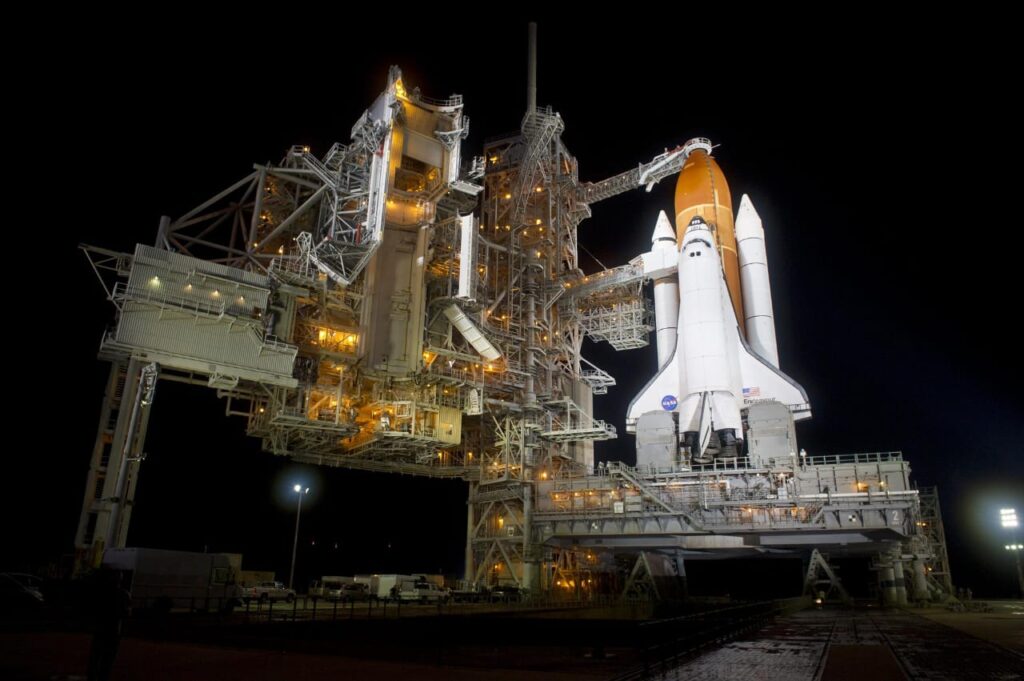
However, the Space Shuttle era was not without its challenges and tragedies. The loss of the Challenger in 1986 and Columbia in 2003 served as sobering reminders of the risks inherent in space exploration and the fragility of human life amidst the cosmos.
These tragedies underscored the importance of vigilance, safety, and continuous improvement in the pursuit of our cosmic ambitions. Despite these setbacks, the Space Shuttle program persevered, launching missions to repair satellites, conduct experiments in microgravity, and deliver payloads to the ISS.
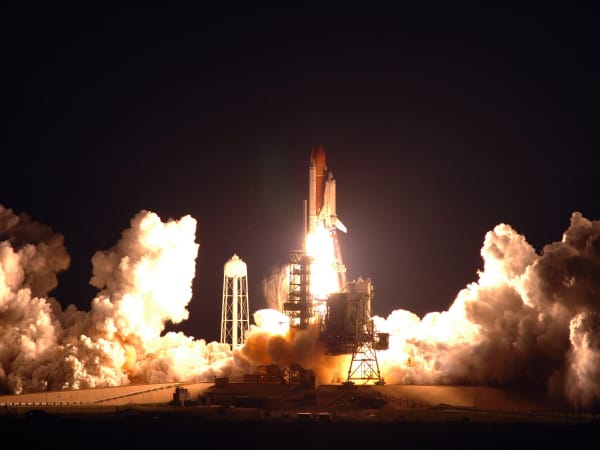
The construction of the ISS, a collaborative effort involving multiple nations, represented a beacon of hope and cooperation in the vastness of space, showcasing humanity’s ability to come together in pursuit of shared goals.
As the Space Shuttle era drew to a close in 2011 with the final flight of Atlantis, it left behind a legacy of innovation, inspiration, and exploration. The Space Shuttle program paved the way for future endeavors in space, laying the groundwork for commercial spaceflight, deep space exploration, and the continued study of the cosmos.
Today, as we look back on the achievements of the Space Shuttle era, we are reminded of the power of human ingenuity and the boundless possibilities that await us in the cosmos. Though the Space Shuttle may have retired, its spirit lives on in the hearts and minds of all who dare to dream of reaching for the stars.
Mars Exploration
Mars, the enigmatic Red Planet, has captivated the imagination of scientists and space enthusiasts for centuries. From ancient civilizations observing its fiery red glow to modern-day robotic explorers traversing its rugged terrain, humanity’s fascination with Mars knows no bounds. In this article, we embark on a journey through the triumphs and trials of Mars exploration, highlighting the significance of our quest to unravel the mysteries of this distant world.
The exploration of Mars began in earnest with the Mariner and Viking missions launched by NASA in the 1960s and 1970s, respectively. These early spacecraft provided the first close-up views of the Martian surface, revealing a world scarred by ancient riverbeds, towering volcanoes, and deep canyons.
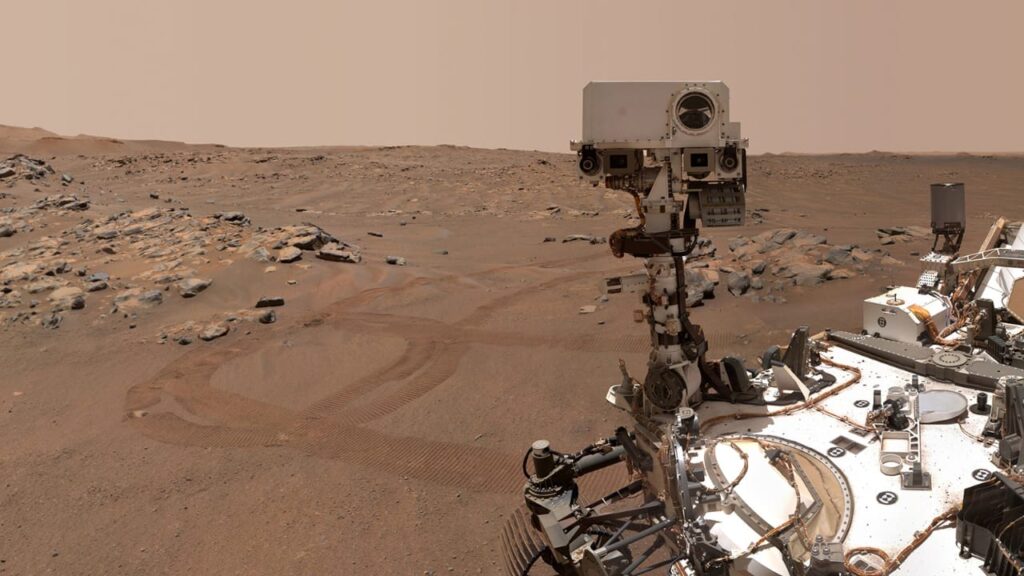
However, it was not until the dawn of the 21st century that Mars exploration entered a new golden age, marked by the arrival of a fleet of robotic rovers on the planet’s surface.
The Mars rovers, including Spirit, Opportunity, and Curiosity, have revolutionized our understanding of the Red Planet, uncovering evidence of past water activity, exploring diverse geological formations, and searching for signs of ancient life.
Spirit and Opportunity, affectionately known as the “twin rovers,” exceeded their original mission lifetimes by years, traversing vast distances across the Martian landscape and sending back invaluable data to Earth. Meanwhile, Curiosity, with its sophisticated suite of instruments, continues to analyze Martian rocks and soil, providing clues about the planet’s past habitability and potential for life.
In addition to rovers, orbiters such as Mars Reconnaissance Orbiter and Mars Odyssey have been instrumental in studying the Martian climate, geology, and atmosphere from above. These spacecraft have mapped the planet’s surface in unprecedented detail, identified potential landing sites for future missions, and even detected evidence of subsurface water ice, raising hopes for future human exploration.
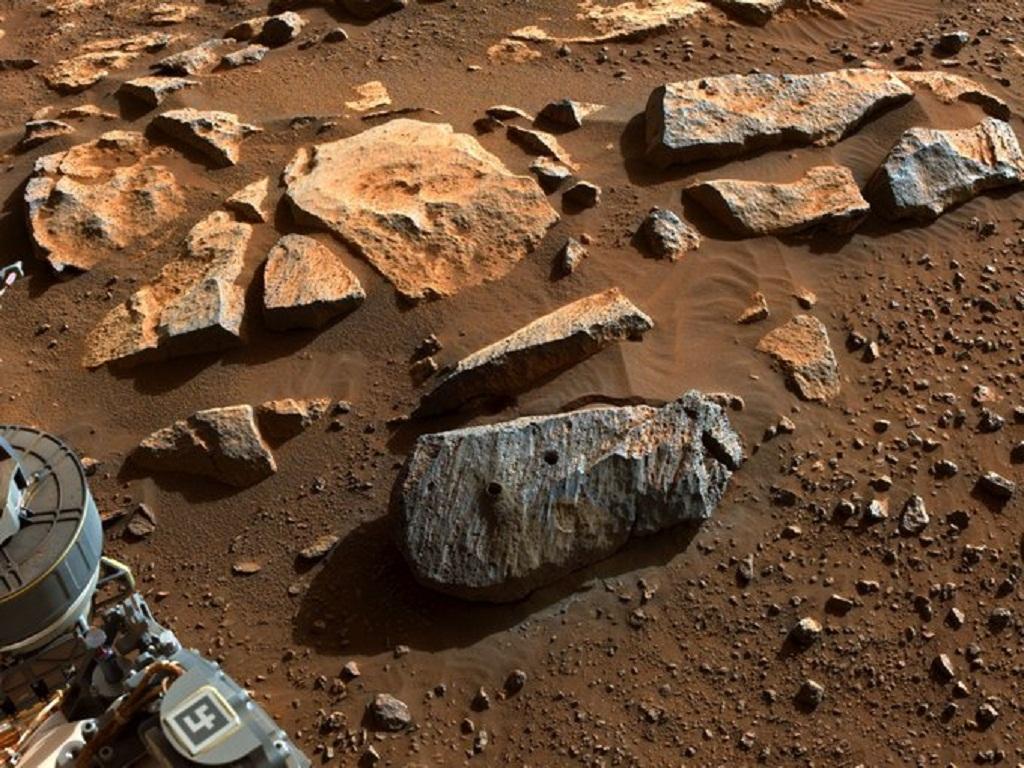
The search for life on Mars remains one of the central goals of Mars exploration. While no direct evidence of past or present life has been found, scientists are optimistic about the possibility of microbial life existing beneath the surface or in ancient Martian environments.
Recent discoveries, such as the detection of methane in the Martian atmosphere by Curiosity, have sparked renewed interest in this quest and fueled plans for future missions to search for biosignatures and organic compounds.
Looking ahead, NASA’s Perseverance rover, launched in 2020, represents the next chapter in Mars exploration. Equipped with advanced instruments, including a drill capable of collecting rock samples for potential return to Earth, Perseverance aims to characterize the planet’s geology and climate, study its potential for past life, and pave the way for future human exploration.
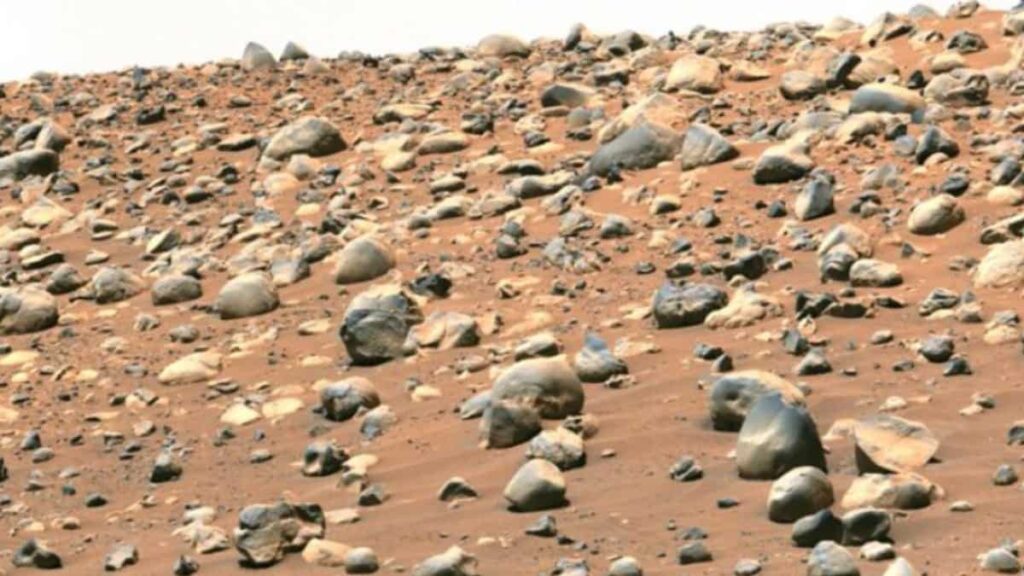
Moreover, international partners like ESA (European Space Agency) and private companies like SpaceX are also planning ambitious missions to Mars, including sample return missions and crewed landings.
In conclusion, Mars exploration continues to inspire and captivate the imagination of people around the world. Through the efforts of robotic explorers and the ingenuity of scientists and engineers, we are unraveling the mysteries of the Red Planet and laying the groundwork for future human exploration.
As we venture deeper into the cosmos, the exploration of Mars reminds us of our shared curiosity and quest for knowledge, driving us to push the boundaries of what is possible and inspiring us to reach for the stars.
Commercial Spaceflight
The emergence of private companies like SpaceX, Blue Origin, and Virgin Galactic has revolutionized the space industry, opening up new opportunities for commercial spaceflight.
From launching satellites into orbit to transporting astronauts to the ISS, these companies have demonstrated the viability of commercial space ventures.
While challenges remain, such as ensuring safety and sustainability, the rise of commercial spaceflight promises to democratize access to space and accelerate humanity’s journey beyond Earth.
Beyond Earth Orbit
Beyond Earth orbit, humanity’s quest for exploration and discovery extends into the vast expanse of space, beckoning us to venture further and reach for the stars.
With the exploration of the Moon and Mars on the horizon, space agencies and private companies alike are setting their sights on destinations beyond Earth’s immediate vicinity, charting a course towards new frontiers and unlocking the mysteries of the cosmos.
The Moon, Earth’s closest celestial neighbor, holds immense potential as a stepping stone for further exploration. Plans for lunar missions, such as NASA’s Artemis program, aim to establish a sustainable human presence on the Moon by the end of the decade, paving the way for future crewed missions to Mars and beyond.
The lunar surface, with its abundant resources and strategic location, offers valuable opportunities for scientific research, technological development, and international cooperation.
Meanwhile, Mars, the Red Planet, stands as the next great frontier for human exploration. With its similarities to Earth and potential for past or present life, Mars has captured the imagination of scientists and explorers for decades.
Ambitious plans for crewed missions to Mars, spearheaded by space agencies like NASA and private companies like SpaceX, envision astronauts setting foot on the Martian surface, conducting scientific experiments, and establishing habitats for long-term exploration.
Beyond the Moon and Mars, other destinations beckon us into the depths of space. Asteroids, moons, and other celestial bodies offer tantalizing prospects for scientific discovery and resource utilization.
Missions to study asteroids up close, such as NASA’s OSIRIS-REx and Japan’s Hayabusa2, provide insights into the formation of the solar system and the potential threat posed by near-Earth objects.
Moreover, the exploration of outer planets like Jupiter and Saturn, with their diverse moons and dynamic atmospheres, promises to expand our understanding of planetary science and astrobiology.
Ocean worlds like Europa and Enceladus, with their subsurface oceans and potential for life, offer intriguing targets for future exploration and the search for extraterrestrial life.
In essence, beyond Earth orbit lies a vast realm of possibilities waiting to be explored. As humanity continues to push the boundaries of space exploration, we embark on a journey of discovery that transcends borders and unites us in our quest to unlock the secrets of the universe.
With each mission launched and each new frontier crossed, we move closer to realizing our dreams of reaching for the stars and expanding our cosmic horizons.
Challenges and Setbacks
Space exploration, with its grand aspirations to venture beyond Earth’s confines and explore the depths of the cosmos, is fraught with challenges and setbacks. The vastness of the cosmos presents formidable obstacles to reaching distant celestial bodies such as Mars or Jupiter, requiring meticulous planning and precise navigation.
Moreover, the harsh environments of space, devoid of atmosphere and protection from cosmic radiation, pose significant challenges to spacecraft and human health alike.
Despite these hurdles, humanity’s quest to unravel the mysteries of the cosmos perseveres, driven by our innate curiosity and thirst for knowledge. Each setback encountered in the exploration of the cosmos serves as a testament to the resilience and determination of the human spirit, fueling advancements in spacecraft technology, safety protocols, and mission planning.
As we navigate the challenges of space exploration, we gain new insights into the workings of the cosmos and our place within it, inspiring future generations to continue pushing the boundaries of what is possible in the exploration of the universe.
Space Exploration and Society
Space exploration has had a profound impact on society, igniting our collective imagination and reshaping our understanding of the cosmos. From the earliest days of Sputnik to the modern era of interplanetary probes, space missions have inspired awe and wonder, fostering a sense of curiosity and exploration among people of all ages.
The iconic images of Earth taken from space have helped to cultivate a greater appreciation for our planet’s fragility and interconnectedness, prompting efforts to protect and preserve our home world.
Moreover, space exploration has led to countless technological advancements that have benefited society in myriad ways. From satellite communications and global positioning systems to medical imaging and environmental monitoring, the innovations born out of space research have transformed our daily lives and propelled economic growth.
The space industry has also created new opportunities for employment and education, inspiring the next generation of scientists, engineers, and innovators to pursue careers in STEM fields.
Beyond its practical applications, space exploration serves as a symbol of human ingenuity and collaboration, transcending national boundaries and uniting people in the pursuit of shared goals. International cooperation in space missions, such as the construction and operation of the International Space Station (ISS), highlights the power of diplomacy and partnership in addressing common challenges.
Furthermore, the quest to explore the cosmos has inspired cultural and artistic expressions, from literature and music to film and visual art, enriching our collective heritage and expanding our understanding of the human experience.
In essence, space exploration is not just about venturing into the unknown reaches of the cosmos; it is about exploring ourselves and our place in the universe. By pushing the boundaries of what is possible and confronting the challenges of space travel, we gain new insights into our own resilience, creativity, and capacity for cooperation.
As we continue to explore the cosmos, let us embrace the spirit of discovery and wonder that fuels our journey, knowing that the exploration of space will continue to inspire and unite us as a global community.
Future Frontiers: The Next Giant Leap
As we look to the future, the possibilities for space exploration are endless. Crewed missions to Mars, ambitious plans for lunar bases, and the search for extraterrestrial life are just a few of the exciting prospects on the horizon.
However, these endeavors are not without challenges, including technological hurdles, funding constraints, and international cooperation.
Nevertheless, with determination, innovation, and collaboration, humanity stands poised to conquer the cosmos and write the next chapter in the story of space exploration.
Conclusion
In the vast expanse of the cosmos, humanity has embarked on a journey of discovery that has taken us to the moon, explored distant planets, and peered into the depths of space.
From the earliest days of Sputnik to the modern era of commercial spaceflight, the triumphs and trials of space exploration have shaped our understanding of the universe and inspired future generations to reach for the stars.
While challenges and setbacks have been an inevitable part of the journey, each obstacle has been met with determination, innovation, and resilience. As we stand on the brink of a new era in space exploration, with plans for crewed missions to Mars and beyond, let us carry forward the spirit of exploration and discovery that has defined our quest to conquer the cosmos.
Together, we can continue to push the boundaries of human achievement and unlock the mysteries of the universe, ensuring that the legacy of space exploration endures for generations to come. For more such information please visit the link https://telecastindia.in/?p=4484
Discover more from Telecast India
Subscribe to get the latest posts sent to your email.
